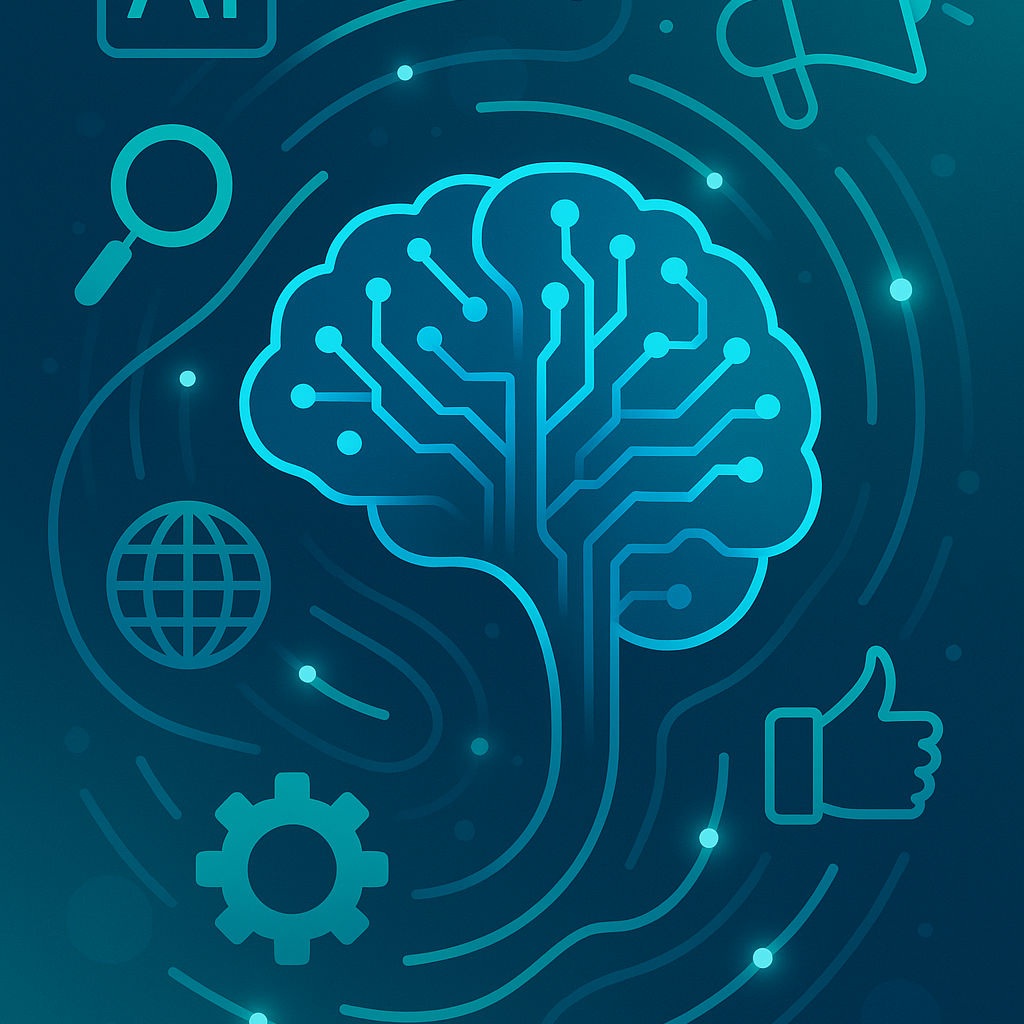Hydrokreative is a web design studio based in Ghana. We design websites and brands that help businesses grow. Our work is clear, simple and focused on your users.

Introduction
As artificial intelligence (AI) becomes more integrated into digital ecosystems, businesses and developers face an urgent task: ensuring their websites are AI-ready. Whether it’s for SEO optimization through search engine algorithms, personalized user experiences, voice search, or AI crawlers powering large language models, one thing is clear — structure matters.
AI doesn’t just look at what’s on your site — it analyzes how information is organized, how content is labeled, and how easily it can be understood and reused. A well-structured website provides a foundation that enhances accessibility, usability, and future compatibility with intelligent systems.
1. Semantic HTML: The Language AI Understands Best
AI thrives on clarity and consistency. Using semantic HTML (such as <article>, <section>, <nav>, and <footer>, etc.) not only helps screen readers but also enables AI crawlers to understand the intent and hierarchy of your content. This structure helps AI differentiate between navigation links, body content, metadata, and calls to action.
Quick Tip: Replace generic <div> tags with more descriptive semantic elements wherever possible.
2. Use Schema Markup to Add Meaning to Content
One of the most progressive elements of the Act is its reinforcement of individual agency over personal data. Building on the UK's post-GDPR regulatory approach, the Act provides clear, actionable rights for citizens and consumers in the digital age.
AI systems, especially those powering search engines and knowledge graphs, use structured data (such as Schema.org) to contextualize and categorize content.
By adding schema to your content (e.g., Article, Product, Review, FAQ, Organization), you help AI:
Display your pages better in search results
Answer user questions in voice and AI search tools
Identify key entities (people, places, events)
Example: A recipe blog with schema markup can appear in Google’s recipe carousel, voice assistants, and AI-generated content summaries.
3. Clear, Consistent, and Modular Design
Websites built with modular, consistent components are easier for AI tools to interpret and repurpose. This includes:
Reusable design blocks (cards, tabs, accordions)
Consistent heading structure (<h1> to <h6>)
Predictable layout patterns
Think of your site like a dataset — AI can extract and utilize information more effectively when it follows predictable, labeled formats.
4. Accessibility and Alt Text Are No Longer Optional
AI increasingly evaluates whether your content is accessible — not just for compliance but for machine readability. Including alt text, ARIA labels, transcripts for videos, and keyboard navigation enhances both human and AI understanding.
Modern AI tools use image alt tags and captions to:
Interpret images in context
Improve search relevance
Support screen readers and voice assistants
5. Content Hierarchy and Internal Linking
A clean content hierarchy helps both users and AI understand your website's structure. Use clear page titles, intro summaries, bullet points, and subheadings. Connect related content through internal linking to:
Show topical relevance
Keep users engaged
Help AI map your site like a knowledge graph
Pro Tip: Use breadcrumb navigation for better hierarchy and user guidance.
6. AI-First Search and Voice Optimization
More users are accessing the web through AI-powered search and voice interfaces (e.g., ChatGPT, Google Assistant, Siri). To prepare:
Write concise answers to common questions in your content (great for featured snippets and AI summarization)
Ensure your page load speed is fast and mobile responsive
Optimize for natural language queries
7. APIs and Structured Feeds for Dynamic Data
If your site provides frequently updated information — like events, job postings, or products — consider exposing it through APIs or XML/JSON feeds. This allows AI systems to ingest real-time data accurately without relying on screen scraping.
Final Thoughts: Build with Intelligence in Mind
Preparing your website for AI isn’t about trendy tech — it’s about building a solid digital foundation. By focusing on clean structure, semantic clarity, and structured data, you make your site not just easier for AI to understand — but also better for your users.
As we enter an era where AI tools interpret, summarize, and even interact with web content, websites that are structured well will have a competitive advantage in visibility, reach, and trust.
